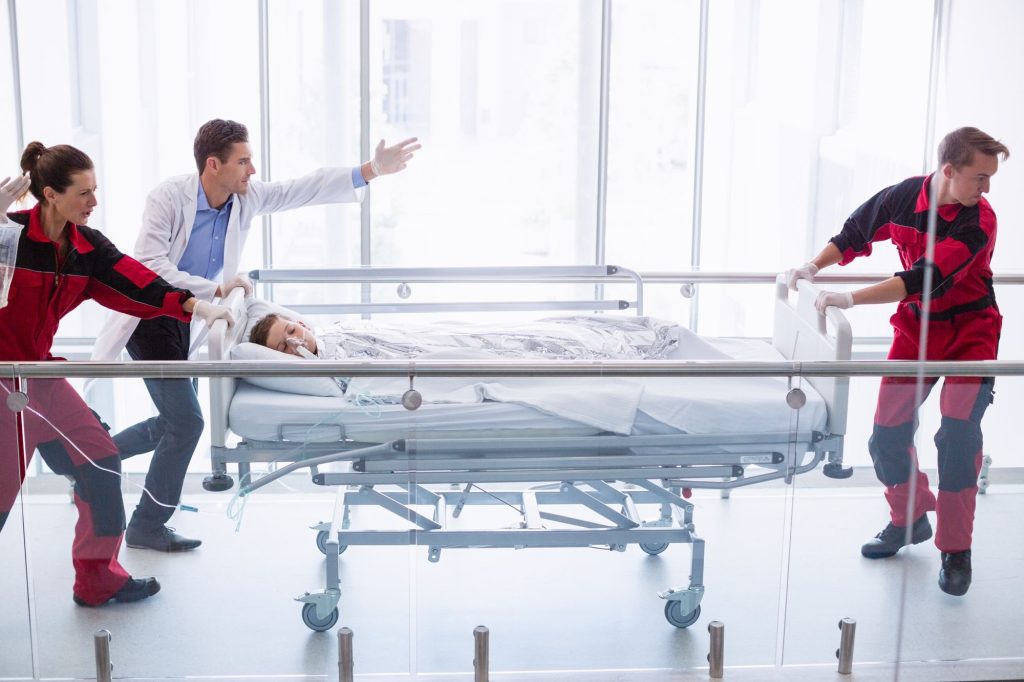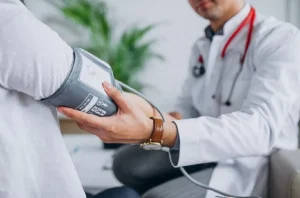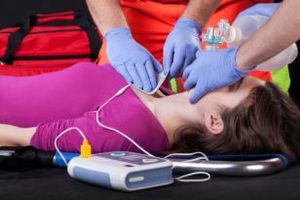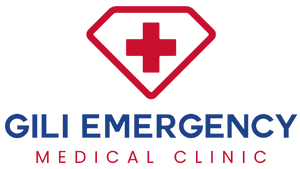Okay, real talk. The Gili Islands are a total dream — white sand, turquoise water, turtles casually photobombing your snorkel sesh. But here’s what the Insta pics don’t show you: stuff goes down. You can slice your foot on coral, get wrecked by the heat, or eat something that sends your stomach on a rollercoaster ride. And then the question hits — what’s the emergency plan on an island with no cars?
Relax. You’re not left stranded. Thanks to the Gili Islands emergency response, things are actually set up way better than most travelers realize. Between ambulance Gili hacks, the Gili emergency clinic network, and quick access to Gili medical evacuation, the system runs pretty smoothly. So let’s break it down, traveler-to-traveler, so you know exactly what’s up before you even set foot on the sand.
Why Emergency Response on the Gili Islands Matters
Think about it. The Gilis pull in everyone — divers chasing the deep, honeymooners in full lovey-dovey mode, party animals, even families on vacay. Now throw in blazing sun, bikes zooming down sandy paths, and a whole lotta adventure energy… and yeah, accidents are pretty much bound to happen.
Common scenarios?
- Coral cuts that sting like fire.
- Motorbike or pushbike tumbles on Gili T.
- Sunburn so bad you feel like toast.
- Dehydration after one too many Bintangs.
- Diving incidents—ear squeezes or, worst case, decompression sickness.
Not trying to scare you—it’s just about being prepared. Because knowing how the Gili emergency response works means you can chill harder, worry less, and focus on the fun stuff.
Ambulance Gili: How It Actually Works
Here’s where it gets a little… island-style. Since there are no cars, the classic city ambulance doesn’t exist here. But trust me, ambulance Gili improvises like a pro.
- Cidomo (horse carts) become makeshift ambulances to rush you to the harbor.
- Emergency speedboats are the real deal—fast, reliable, and always on standby for serious cases.
- Lombok connection—as soon as you hit Bangsal harbor, a proper ambulance is waiting to zoom you to the hospital.
It’s kind of like an island relay race: clinic → cidomo → speedboat → ambulance → hospital. Different, yes. Effective, also yes.
Gili Emergency Clinic: Your First Point of Contact
Every island has at least one Gili emergency clinic, and these spots are lifesavers. They’re not big shiny hospitals, but they’re solid for most small-to-medium issues.
What they handle:
- Wound care, stitches, dressings.
- IV drips for dehydration (super common here).
- Antibiotics and meds for infections.
- Basic diagnostics like blood pressure, oxygen, pulse.
On Gili Trawangan, you’ll find more developed 24/7 clinics. On Gili Air and Meno, they’re smaller, but they’ll stabilize you and get you moving if you need an evacuation.
Micro-story: I once met a guy who sliced his foot snorkeling. He was stressing, thinking infection would ruin his trip. The clinic patched him up with stitches and meds in under 30 minutes. Two days later? Back in the water, smiling. That’s how smooth these clinics roll.
Gili Medical Evacuation: When It’s More Serious
Here’s the deal—sometimes you need more than a clinic. That’s where Gili medical evacuation kicks in.
How it goes down:
- You get checked at the clinic.
- If it’s serious, they call a speedboat.
- You’re transferred to Lombok, where a real ambulance is already waiting.
- You’re driven straight to Mataram hospitals—or if it’s extreme, they’ll arrange a Bali transfer.
We’re talking broken bones, heart issues, diving accidents—stuff you don’t mess around with. Insurance is clutch here. Without it, boat + ambulance + hospital = ouch (for your wallet).
What to Expect from Gili Medical Care
So how “medical” is Gili medical care really? Think decent, but not deluxe.
- English-speaking staff—lifesaver if you don’t speak Bahasa.
- Basic meds—antibiotics, painkillers, IV fluids, oxygen tanks.
- Insurance help—a lot of clinics can deal with your provider directly.
- Emergency gear—some even have defibrillators handy.
But let’s be honest: this isn’t Singapore or Bali. Clinics here are for quick fixes and stabilizing. Anything big? Evacuation is the move.
How to Prepare Before Visiting the Gili Islands
Want to feel extra safe while soaking up paradise? A little prep goes a long way.
- Get travel insurance—make sure it covers diving and evacuations.
- Save numbers—hotel, clinic, insurance hotline.
- Pack a mini first-aid kit—antiseptic wipes, band-aids, oral rehydration salts.
- Listen to your body—don’t push through heat or go too deep diving.
- Hydrate like a champ—water beats heatstroke every time.
It’s like packing sunscreen—you hope you don’t need the extra, but when you do, you’re so glad it’s there.
The Human Side of Emergencies on the Gilis
Here’s what I love: the locals. When stuff goes wrong, people show up for you—fast.
One backpacker fainted from heat while biking on Gili T. Within minutes, locals got him into the shade, called the clinic, and even gave him water while waiting. He later said, “I felt like the island adopted me.”
That’s the Gili vibe—resourceful, caring, and seriously efficient when it counts.
Safe Adventures Await
So here’s the bottom line: the Gilis might feel remote, but you’re never really on your own in an emergency. With ambulance Gili services, a solid network of Gili emergency clinics, smooth Gili medical evacuations, and the whole Gili Islands emergency response system backing you up, help is always just around the corner.
Chances are, you’ll never need any of it. But just knowing it’s there? That’s the real peace of mind — the kind that lets you dive, dance, and snorkel without a single worry.
So go chase that island dream. And if life throws a curveball, trust the Gilis to catch you.











